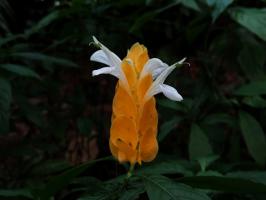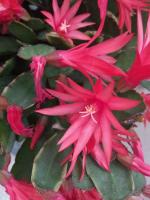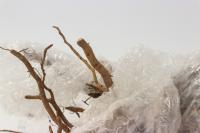1、 Curing method
1. Temperature: Yellow bract taro grows well under high temperature, which can also be seen from the region of origin. Generally speaking, it will grow better if it is kept between 25 and 30 degrees. In addition, its cold resistance is very poor. It is safer to be above 15 degrees as far as possible. Below thirteen degrees, it may freeze
2. Light: Yellow bracted taro likes a semi cloudy environment. It is afraid of exposure. Strong light will lead to the curling and drying of its leaves, so it needs to be properly shielded at the time of light intensity. But it should be noted that it should not be completely dark, because its growth still needs a certain amount of sunshine
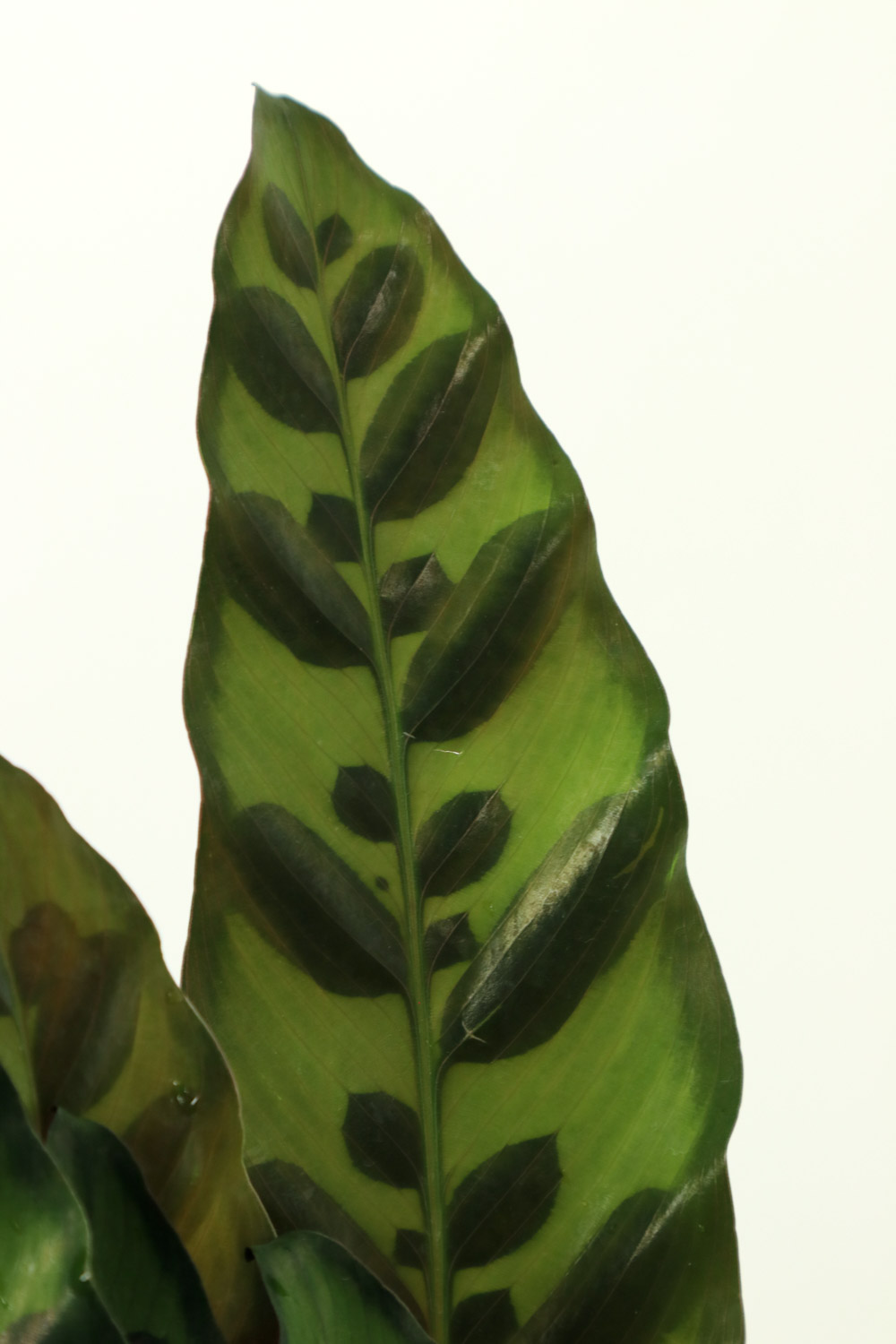
3. Watering: Yellow bracted taro likes to be wet, but is afraid of waterlogging. Therefore, it is necessary to provide sufficient water during the growth period, but no ponding is allowed. Then there is air humidity. Spray as much water as possible in summer to make the leaves look more moist
4. Fertilization: phosphate fertilizer and potassium fertilizer are relatively the most important. Once every half a month, liquid fertilizer can be used, and the concentration needs to be strictly controlled
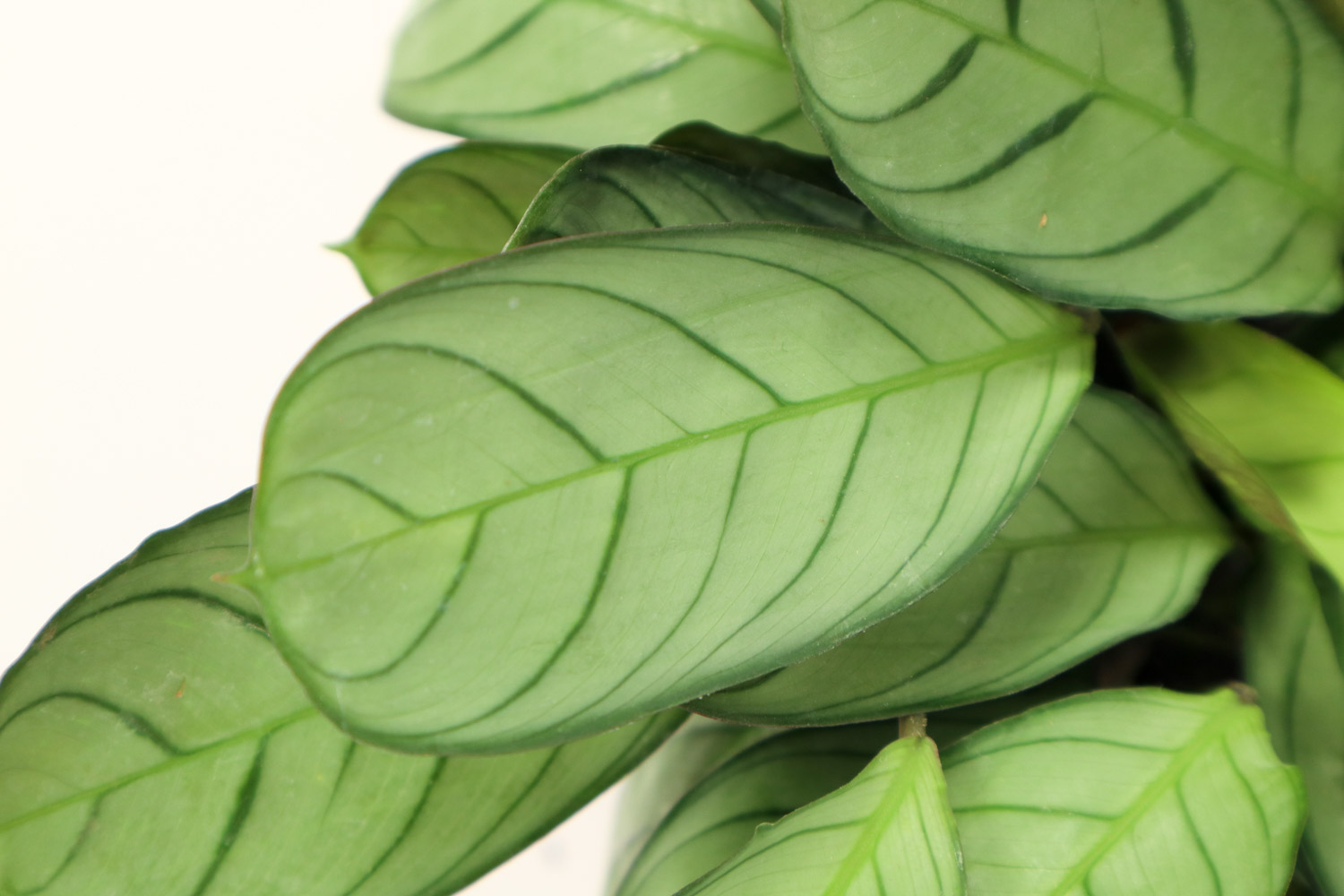
2、 Breeding skills
1. Reproduction: it can be carried out by means of ramet reproduction. Generally speaking, it is carried out when the weather is warm, such as around May, otherwise the wound will be difficult to recover after rametting. When dividing plants, it should be noted that each part should not be too small, and it must have sufficient strong roots and an appropriate amount of leaves. The depth of planting must also be strictly controlled, not too deep, otherwise it will affect the growth
2. Change basin: try every other year or two. Ramet propagation can be carried out together with it, and it is also changed in spring. Specifically, the soil used can be peat soil, rotten leaf soil and an appropriate amount of coarse sand. Note that alkaline soil is not available
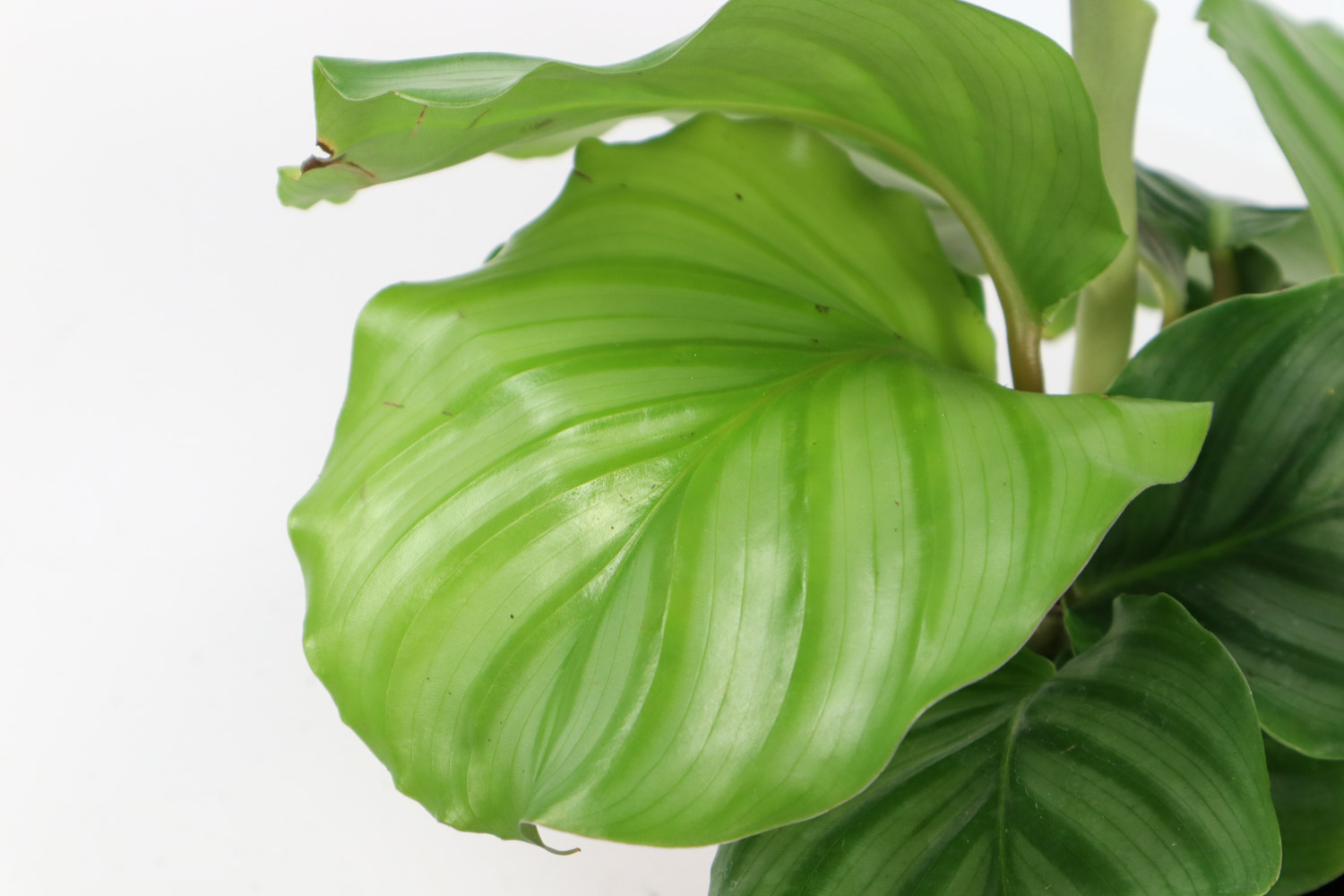
3、 Diagnosis and treatment problems
1. Disease: after watering too much, it will lead to "root rot", so it is necessary to remove the pot and trim the root system. Another is "white silk disease", which is also caused by too much watering. It is easy to appear in July and August. Fungicides can be used
2. Insect pests: mainly "scale insects" and "red spiders", the reproduction speed is relatively fast. In addition to normal spraying control, they can also spray water to inhibit their reproduction
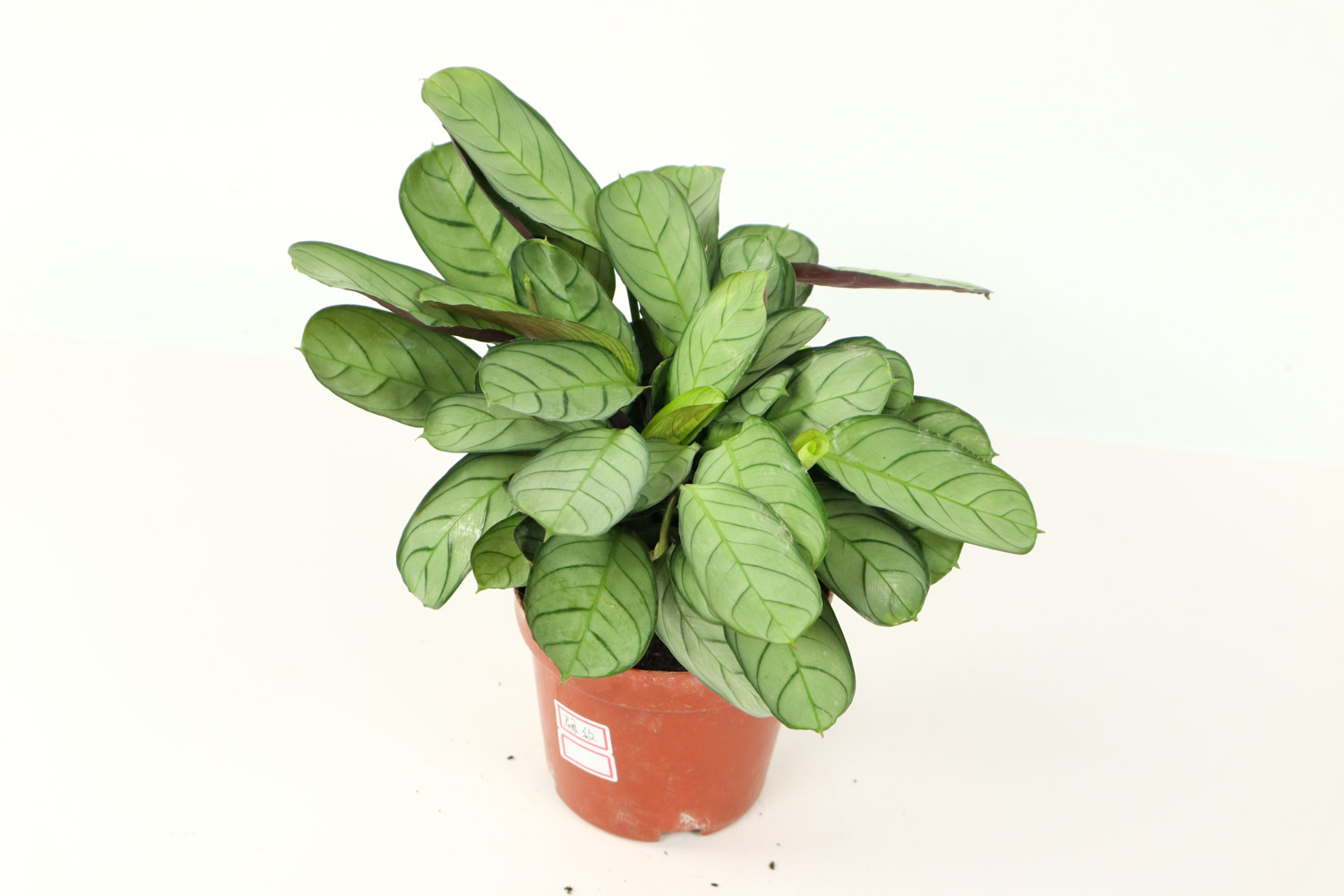
4、 Other issues
1. Toxicity: it is non-toxic
2. Whether it can be raised at home: Yes, it is a good ornamental plant
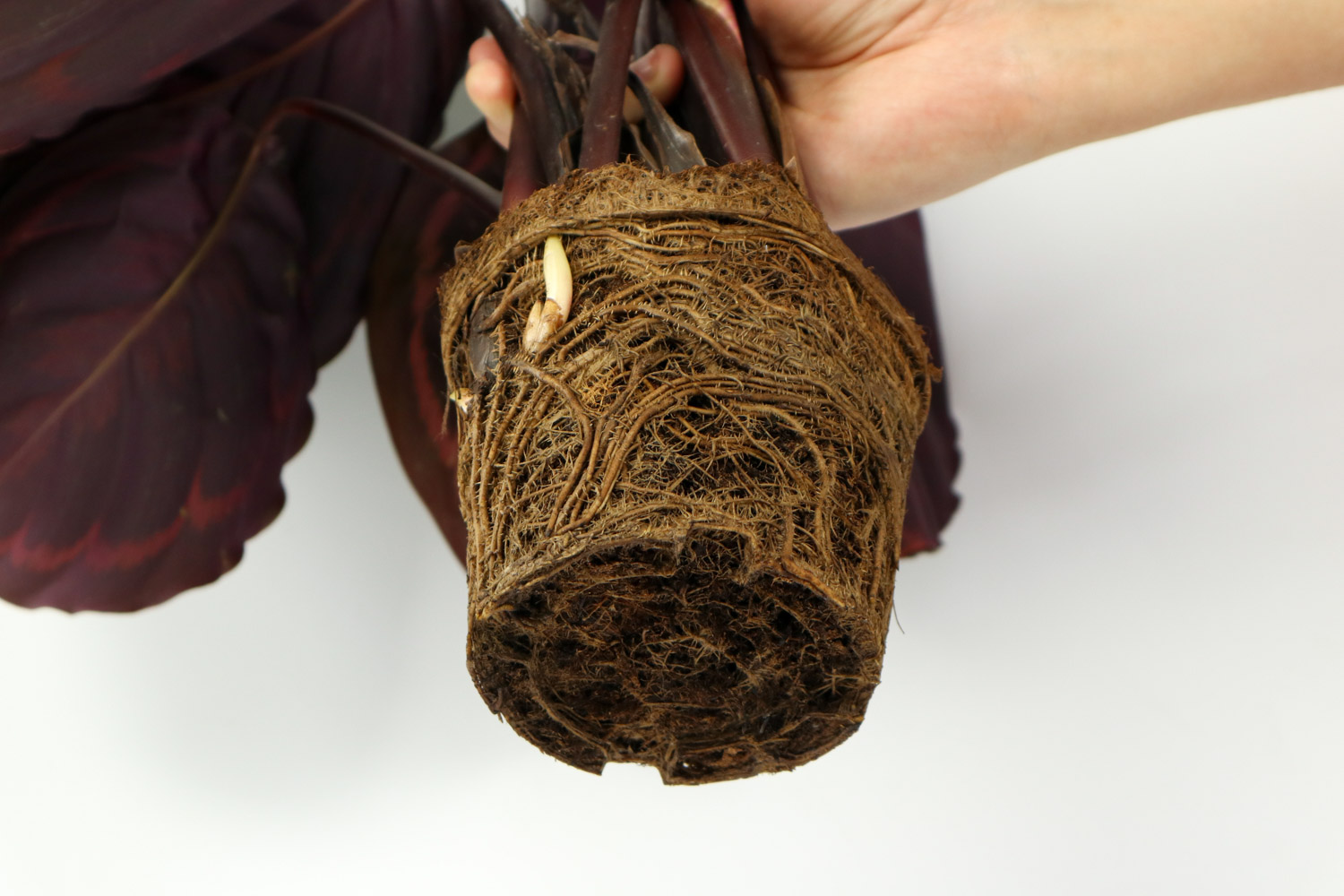

 jackfruit
jackfruit snake plant
snake plant hibiscus
hibiscus hydrangea
hydrangea lavender
lavender Green roses climb al...
Green roses climb al... If you don't pay att...
If you don't pay att... Management of four g...
Management of four g...

